General description
Lipopolysaccharide is a glycolipid, that is composed of carbohydrates linked to fatty acids. Lipopolysaccharides (LPSs) are characteristic components of the cell wall of Gram-negative bacteria. A typical LPS molecule has lipid A (a glucosamine-based phospholipid), a relatively short core oligosaccharide and a distal polysaccharide (O-antigen). LPSs contribute to the integrity of the outer membrane, and protect the cell against the action of bile salts and lipophilic antibiotics. They stimulate host cells via TLR2 and TLR4 (toll like receptors). This stimulation results in the generation of various proinflammatory cytokines, such as TNFα (tumor necrosis factor), IL-1 (interleukin 1) and IL-6.
This product is phenol extracted from Escherichia coli serotype O111:B4. The source strain is from a private collection. This LPS serotype has been used to stimulate B-cells and induce NOS (nitric oxide synthase) in human hepatocytes.
Application
Lipopolysaccharides (LPSs) from Escherichia coli O111:B4 have been used:
- for the stimulation of macrophages
- for LPS preconditioning in mice
- to induce acute kidney injury in mice
- to induce acute respiratory distress syndrome (ARDS) in mice to study the anti-inflammatory effects of bone marrow mesenchymal stem cell (BMSCs)-derived exosomes
- to induce hyperinflammatory status in severe acute respiratory syndrome coronavirus 2 (SARS-CoV-2) infected mice
Lipopolysaccharides (LPSs) are characteristic components of the cell wall of Gram-negative bacteria. LPS and its lipid A moiety stimulate cells of the innate immune system by the Toll-like receptor 4 (TLR4), a member of the Toll-like receptor protein family, which recognizes common pathogen-associated molecular-patterns (PAMPs).
Biochem/physiol Actions
Lipopolysaccharides (LPS) serve as a part of the outer membrane, this makes the outer membrane permeable to hydrophobic molecules such as antimicrobial substances that make Gram-negative bacteria innately resistant. LPS functions in bacteria-host interactions that regulate the host system responses.
Preparation Note
The product is soluble in water (5 mg/ml) or cell culture medium (1 mg/ml) yielding a hazy, faint yellow solution. A more concentrated, though still hazy, solution (20 mg/ml) has been achieved in aqueous saline after vortexing and warming to 70-80 oC. Lipopolysaccharides are molecules that form micelles in every solvent. Hazy solutions are observed in water and phosphate buffered saline. Organic solvents do not give clearer solutions. Methanol yields a turbid suspension with floaters, while water yields a homogeneously hazy solution.
Other Notes
To gain a comprehensive understanding of our extensive range of Lipopolysaccharides for your research, we encourage you to visit our Carbohydrates Category page.
- UPC:
- 12352200
- Condition:
- New
- Weight:
- 1.00 Ounces
- HazmatClass:
- No
- WeightUOM:
- LB
- MPN:
- L2630-25MG












